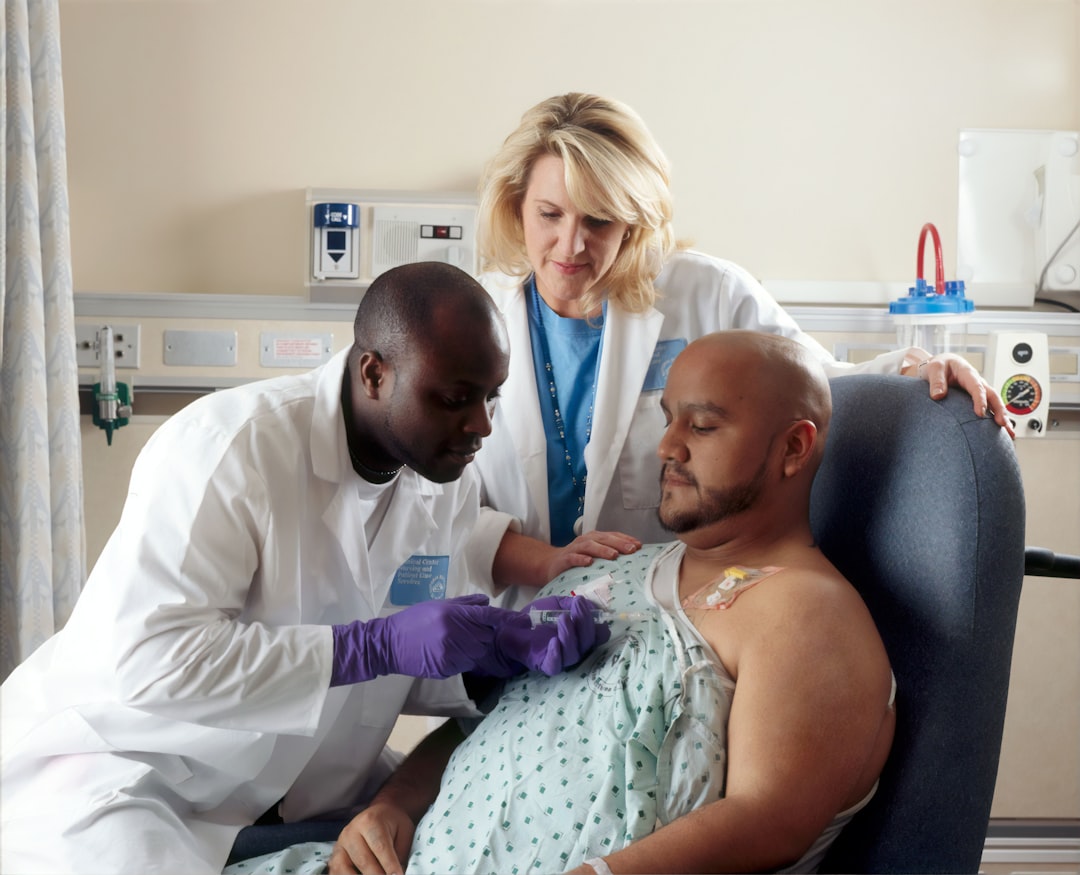What is it about?
Schiff bases exhibit a broad range of applications, including their use as catalysts, stabilizers, dyes, and intermediates in organic synthesis; and biological activities, such as antifungal properties. In this work, we synthesized and characterized three new pyridine Schiff bases L3 ((E)-2-{[(3-aminopyridin-4-yl)imino]-methyl}-4,6-di-chloro-phenol), L4 ((E)-2-{[(3-aminopyridin-4-yl)imino]-methyl}-6-chloro-phenol), and L5 ((E)-2-{[(3-aminopyridin-4-yl)imino]-methyl}-4-methyl-phenol) to explore the structure-bioactivity relationship as antifungal agents. We also synthesized and characterized a diamine-derived Schiff base (L6) that is similar to (E)-2-{[(3-aminopyridin-4-yl)imino]-methyl}-4,6-di-tert-butyl-phenol (L2, which previously demonstrated antifungal activity), but lacks the pyridine ring, to assess the impact of this structural modification into biological properties. All the Schiff bases were characterized by FTIR, 1H and 13CNMR, DEPT, HHCOSY, TOCSY, UV-vis, MS, cyclic voltammetry, DFT calculations, and NBO to assess the stability of the intramolecular hydrogen bond (IHB). In addition, we determined the antimicrobial properties by obtaining the minimal inhibitory concentration (MIC) for Cryptococcus spp. (yeast) and Salmonella enterica (bacteria), and growth inhibition of Botrytis cinerea (mold). We found that the antifungal activity of these Schiff bases relied on the nitrogen atom in the pyridine ring, where antifungal activity can be modulated by different substituents in the phenolic ring. In this work we provide data supporting a correlation between structure and bioactivity in this kind of Schiff bases. The understanding of structural prerequisites for antimicrobial activity could contribute for designing new drugs.
Featured Image
Why is it important?
Schiff bases are aldehyde- or ketone-like compounds, where the carbonyl group is replaced by an azomethine (-C=N-) group.1 Schiff bases exhibit a broad range of applications, including their use as catalysts, stabilizers, dyes, and intermediates in organic synthesis. In addition, Schiff bases also present different biological activities: antiviral, antimalarial, antifungal, antibacterial, inflammatory, antiproliferative, and antipyretic properties; albeit the precise action mechanisms of these Schiff bases are not fully understood.
Perspectives
We synthesized three new Schiff bases (L3, L4, and L5), and we compare them with the previously reported L1, L2, and L6.22, 30, 41, 58, 59 For that, we performed optical, electrochemical studies, theoretical calculations and we assessed biological activities. From the chemical point of view, we observed that theoretical calculations were in agreement with experimental data. On the other hand, we found that the biological activity, particularly antifungal activity, produced by this kind of Schiff bases depends on the presence and the availability of the nitrogen atom in the pyridine ring, and this activity may be modulated by different substituents in the phenolic ring. Thus, we provide data supporting a correlation between structure and bioactivity in this kind of Schiff bases. The study of structural prerequisites for antimicrobial activity could plausibly contribute to further design of new drugs. This work was funded by FONDECYT 11170637
Dr Alexander Carreño
UNAB
Read the Original
This page is a summary of: Study of the structure–bioactivity relationship of three new pyridine Schiff bases: synthesis, spectral characterization, DFT calculations and biological assays, New Journal of Chemistry, January 2018, Royal Society of Chemistry,
DOI: 10.1039/c8nj00390d.
You can read the full text:
Contributors
The following have contributed to this page










